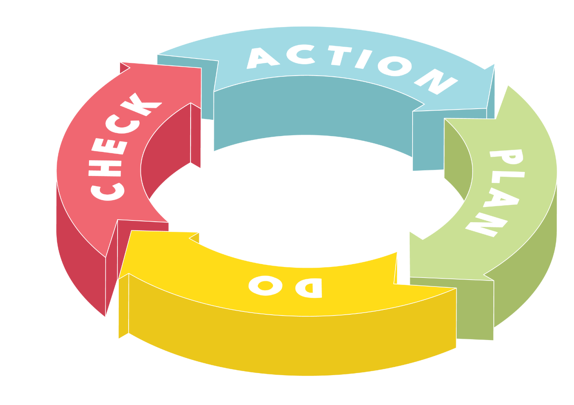Introduction
The vitality of people in Europe faces pressing challenges. Rising healthcare costs and limited access to care, especially in the Netherlands, underscore the urgent need to prioritize vitality and sustainability. The pandemic brought the importance of prevention into sharp focus, proving that fostering high levels of vitality is one of the most effective solutions for a healthier future.
At the Euregional Innovation Centre in Vitality, we recognize the profound impact our environments—where we live, learn, and work—have on our behaviour and overall well-being. Research indicates that 85% of our behaviour is shaped by our surroundings and emotions. To address this, we utilize the Vitality Tree framework (OperaSana, 2019), which emphasizes the interconnected influence of workplaces, schools, and communities on vitality. Sustainability lies at the heart of this model, symbolized by the Vitality Tree, which guides our approach to creating healthier, more sustainable environments.
Our Mission
To foster innovation in vitality by bringing together diverse perspectives, breaking down borders, and focusing on solutions that impact the environment to improve collective health.
Our Vision
A thriving Euregion where communities, organisations, and innovators work together to develop sustainable vitality practices.
Our Goal
At the Euregional Innovation Centre in Vitality, our goal is to create new, actionable examples of vitality practices by working together with:
Scientists and academics
Policymakers
Professionals and trainees
Local and regional partners
By aligning efforts, we aim to make living, learning, and working environments more sustainable and continuously vital.
How We Work
We bring together proven methods (evidence-based practices) with real-world application (practice-based solutions). Together, these create a framework for impactful and measurable change.
A Step-by-Step Process:
Assessment:
We start with a baseline measurement of vitality in the work, school, or community environment using tools like the VitOScan. This provides an overview of the current state of environmental vitality.
Goal Setting:
Stakeholders define clear priorities and objectives based on the assessment data.
Innovative Interventions:
Tailored interventions are developed using a mix of traditional approaches and innovative strategies. When needed, we refer specific issues to established market players specializing in vitality solutions.
Monitoring and Adjustment:
Using the PDCA (Plan-Do-Check-Act) cycle, we ensure a continuous process of evaluation and improvement. Knowledge institutions provide ongoing support through targeted research when required.

